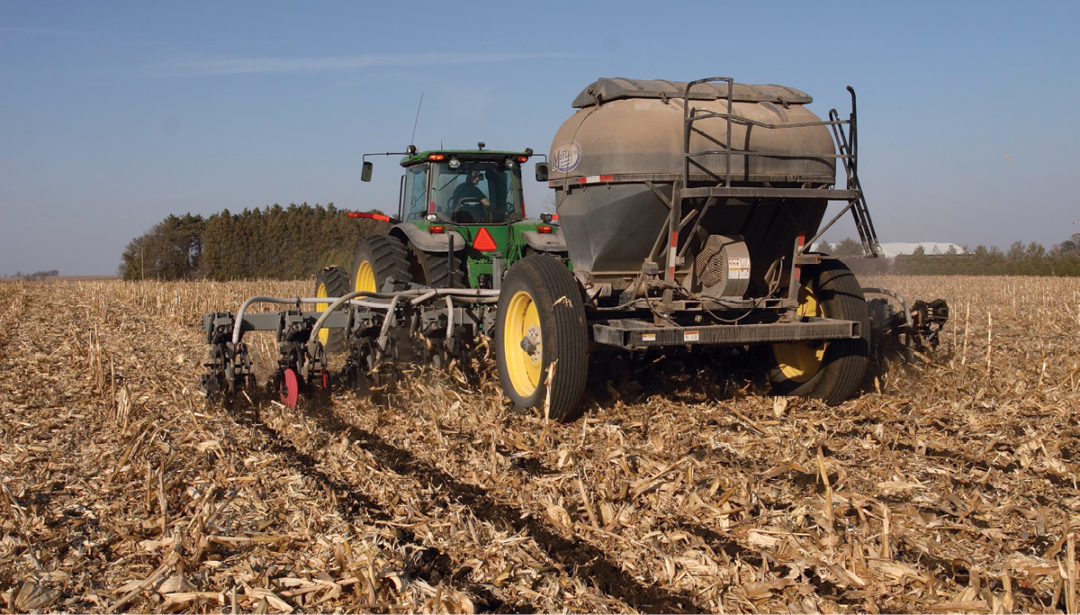No-Till Farmer
Get full access NOW to the most comprehensive, powerful and easy-to-use online resource for no-tillage practices. Just one good idea will pay for your subscription hundreds of times over.

Strip-tillers and agronomists agree about the need to maximize the use of fertilizer to produce high-yielding corn and soybean crops.
But when it comes to whether it’s better to band or broadcast phosphate or potash in strip-till, they seem to be divided, nearly as much as debates about the color of farm machinery and the pros and cons of glyphosate-resistant cropping systems.
For example, the farm operations of Illinois strip-tiller Jeff Martin and Ohio strip-tiller Travis Harrison are similar. Both Martin and Harrison use large-capacity strip-till rigs — 12- and 16-row machines — to grow corn on soybeans on thousands of acres. Both want to maximize the efficiency of the fertilizer, grow high yields and protect the environment.
But Martin broadcasts phosphate and potash on about 5,500 tillable acres, mostly corn-on-corn. Harrison bands these fertilizers on about 4,500 acres, mostly in a corn-soybean rotation.
Conservation Tillage Guide interviewed several farmers and fertility experts about the issue of banding vs. broadcasting fertilizer in strip-till to understand why they take the approach they use or application method they promote.
Martin and his son, Doug, of Martin Family Farms in Mt. Pulaski, Ill., switched from no-tilling corn to strip-tilling more than 15 years ago due to a dense mat of residue remaining from soybeans.
“We tried planting corn with and without coulters when we no-tilled, but the residue still prevented the soil from drying out,” Jeff Martin says. “This did not make a good seedbed with or without the coulters. In…